Once upon a time, before World of Warcraft became the King of Massively multiplayer online role-playing games, the genre dared to offer unique experiences and gameplay mechanics despite the technical limitations of the time. Games like Everquest, the original iteration of Star Wars Galaxies, or Final Fantasy XI are some examples of MMOs that offered unique and varied forms of gameplay of their own, massive worlds for players to explore and adventure—be it alone or together with friends or strangers.
WoW’s massive success redefined the “standard” paradigms for MMORPGs, their successful version of the theme park formula was then copied ad nauseam, I lost count of how many “WoW killers” I’ve seen released—and then closed—because it was just the WoW formula with a different skin.
Sadly, the genre lost some originality and imagination while trying to chase WoW’s money trail, you’re now seeing this happen again with the new Battle Royale fad, and the MOBA genre before it, or the dreaded Early Access Survival Crafting Zombie games.
One of those pre-WoW paradigm MMOs was a little but unique Korean game released in 2002 called Ragnarok Online. This game was my first MMO ever, the “weeaboo point of no return” for many (even myself to a certain extent), it still has a warm charm that modern games no longer possess, and one of the most awesome video game soundtracks to boot.
I first played this game in summer of 2004, right as I was graduating from high school; just like Jedi Knight and Jedi Outcast before it, Ragnarok Online was my gateway beyond the boundaries of this country with the international world.
I made great friends across the globe (something a social outcast such as myself have often found difficult to do in real life) and a fair share of rivals during all my adventures on that game, I learned new things from many different cultures from across all continents, and it provided me with the fundamental pillars of my MMO skill set.
Here’s to a fantastic chapter in my adolescence, one of my most treasured video game experiences.

The game is based on the Korean magwa “Ragnarok” by Lee Myung-jin, whose story is loosely influenced by Norse mythology (This was my second foray in that mythos after the Saint Seiya Asgard arc aired in Venezuela on 1996). The MMO itself went on to serve as the basis for an Anime series: Ragnarok the Animation, the setting and locales were not just loosely limited to the Norse mythos, over the course of the years the world of Rune-Midgarts was expanded with new locales inspired by other cultures, some even based on real life cities as part of its “Global Project” such as Brazil, Moscow, several ancient Asian cities, or even America’s Wild West, to name a few.
The city of Prontera was the capital of the kingdom, and it is the place were the majority of the player base gathers and trades with one another, each city in the game has their own unique design, such as the Asian inspired Payon, the desert city of Morroc, the Industrial city of Einbroch, or the magical town of Geffen.
The playable zones of Rune-Midgarts were expanded little by little as time went on. Years later, players were able to explore and visit other nations beyond Rune-Midgarts, the technologically advanced Republic of Schwartzvald was slowly added to the game, then came the theocracy-based Arunafeltz States, and now, a dimensional rift gives players access to a whole new world.
It took a few years before a world map feature was implemented, showing just how much the world had expanded ever since the alpha days of 2003, to the point that there is now a whole new dimension that continues to be slowly expanded upon even to this date.
The world is yours to explore, the only limits are your character’s level and equipment, there is no modern MMO hand-holding, no mandatory story quests to follow, nada. After clearing the brief tutorial area that explained the basics of the world and combat, you are thrown out to the world in order to begin your journey, a journey that for all intended purposes is based on grinding exp.

If seen with a modern scope, Gravity’s Ragnarok Online is a very basic MMORPG, both mechanically and feature-wise, in lieu of an open world (due to technical limitations of its simple engine), the world was instead split into square grids that connected with one another through a series of warp portals, think Final Fantasy XIV but at a much simpler scale.
The game interface was comprised of movable windows that attempted to emulate the look and feel of an operating system, the user interface’s appearance was customizable via simple skin packs.
Over time, the interface received many quality of life updates that nowadays are the norm in the genre, such as the ability to have multiple chat tabs, buff duration timers, expanded keybind support, among others tweaks that gave the aging systems of the game a much needed push up.
The players, NPCs, and the enemies (save for a few specific cases) were all drawn as 2D sprites, while the maps were 3D environments; this blend of 2D characters in a 3D isometric world is what gave the game a unique and memorable art style that still holds strong to this date. Monster design was as varied as it gets, from the simple gelatinous poring (and its variations), to the menacing Satan Morroc; they all range from cute to terrifying; every zone had their own set of thematically matching enemies.
Characters moved through the maps via a square grid, there is no free movement of sorts, combat is done via point and click, with the ability to hotkey your character’s combat skills, at a simple glimpse the combat might seem simplistic, but underneath the hacks, slashes, and spell casts lies a few formulas that affect the damage output of all attacks and abilities.
Enemies were categorized by Race, Element, and Size; using the right weapon, ability or element was the difference between life and death—or efficiency when it came to grind, as the large majority of your damage came from knowing how to use the monster’s proprieties to your advantage. Wind was strong against water, water strong against fire, fire strong against earth, and earth strong against wind, holy, shadow, undead, and ghost had some peculiar interactions with one another.
During its infancy, RO was an even more barebones game, with only a handful of quests and just the basic classes, over the course of the years the game was vastly expanded, with new areas to explore, over 50 jobs to progress as, new abilities, new items, item sets, procs, achievements, and a rudimentary but more functional quest system. Even after sixteen years the game continues to receive updates, albeit at a much-reduced rate.
Kafras provide you with an assortment of services, from storage to saving your spawn point in case of a death, also they are some of the best video game waifus.
What the game lacks in technological advancements is heavily made up by something most modern games seem to be lacking nowadays: A soul.
Even if the gameplay is outdated and lacks many of the modern conveniences and flashy abilities seen in the MMO genre today, even if its system updates often feel clunky and tacked on, Ragnarok Online is still played to this day because of the uniqueness of its 2D/3D blended art style, the uniqueness of its setting, and the variety and freedom of its playable classes.
It’s a game that during its heyday encouraged group play, were you could deviate from your character’s established builds and create a unique gameplay experience, that sort of freedom has been gradually lost in recent times across the whole MMO genre.
The majority of the game was and still remains completely open world, for the most part there’s no instances to split the player base in, dungeons are open game for everyone, and so are the bosses contained therein (known as MvPs), it all made the game more vivid, as you would always find strangers adventuring alone or in groups, and you could always join them and level up or hunt together—or perhaps you could be the unsung hero that saved a whole group from a certain death. Although nowadays the game does feature instances that are used for specific dungeons and game modes.
Some dungeons were as linear as it gets, such as the Ant Hell or the Prontera Culverts, while others were a literal labyrinth to traverse through, like the Hidden Temple, the Pyramid or the Sphinx dungeons; some even have intricate multileveled layouts, such as Glast Heim or the Clock Tower, with each lower level being more challenging than the one above.
Reaching the very end of “The lowest point of Glast Heim” with your group of friends for the first time felt very satisfying.
RO is one of the few games were the gender in your account determined the gender of all of your characters, aside from one job being different depending on your gender and a few gender-locked items, there was no other difference. It was only until 2015 when the ability to have both male and female characters in one account was made available. The Character customization was limited to hair style and hair color, clothes were static sprites based on your job, the ability to dye your clothes was eventually implemented.
Make no mistake though, behind all the charm and cuteness that Ragnarok Online will present to you, there is a very unforgiving and complex game underneath, you will grind—a lot—you will stumble, you will die because you went to the wrong zone ill-prepared, you will make mistakes in your stats and skills that may force you to reset your stats (a convenience that didn’t exist back then), use the wrong weapons for the wrong type of monster, you will despise the upgrade system NPCs, you will starve of SP (the game’s ability casting resource) 95% of the time when you first play it, but you will ultimately have a blast trying to figure out how it all works together.
Its biggest flaw lies in the inherent outdated nature of its nearly two decades old engine; while the game has received updates that have bought up some modernity to it, there is only so little that can be done to a very outdated core software, the game has long since passed its golden era and the gameplay, while satisfying, will often feel clunky. The current state of Ragnarok Online is a bizarre betwixt blend of old MMO concepts with the new ones sprinkled on top.
The game itself didn’t had expansions in the regular sense of it (ala Burning Crusade or Heavensward), instead content updates were released in the form of episodes, some more major than others, one of the most major episode updates came with new transcendent class upgrades that radically changed the gameplay meta and bought our characters to new heights of power, other smaller content updates were centered in bringing a new town and areas to explore, complete with their own storyline, new dungeons and enemies, etc.
You never needed an official license or needed to purchase expansion packs in order to keep playing, you just needed to pay your monthly subscription, that’s it, a simpler business model, nowadays, free to play alternatives exist on official servers.
However, a substantial amount of the player base (myself included) enjoyed this game through unofficial private servers, even as most global official servers have shutdown, there still exists hundreds of private servers across the planet.
Cash shop items eventually made their way into Ragnarok Online, perhaps they did more harm than good.
Stats, hidden bonuses, and formulas
When creating a new character, you must allocate its initial Strength, Agility, Dexterity, Vitality, Intellect, and Luck stat points.
Stats make or break your character, as depending on the job path you want to take you will want to build your character with the appropriate stats.
Strength increases the damage of your melee attacks, as well as the maximum carry weight, so its of little use to a Caster Job, agility gives your character faster attack speeds at certain intervals, and increases your chance to dodge.
Dexterity affects the damage of bows, reduces the cast time of spells, and increases your hit chance, Vitality increases your health, Intellect affects the damage of your spells, the maximum skill points (the resource needed to use abilities), and the rate you regen them, while luck affected critical chance and perfect dodge chances.
There were other minor effects, such as dexterity affecting your attack speed as well, just at a lesser rate than agility does. Certain abilities interacted directly with your stat point values.
In addition to the base stats, all jobs gain bonus stats as you level up, knowing them was crucial when planning your build, as you would want to hit certain milestones with these bonus stats in mind, for example: Strength had bonuses for every ten points, a Knight has +8 STR at maximum Job level, for this reason 92+8 Strength was a better use of your stat points than 99+8 as a Knight.
Stats also affect how certain status ailment affected your character, for example, vitality reduces the chances you’d get stun and its duration, having 100 Vitality would make you immune to stuns, but that’s overkill, intellect reduces the chance to be silenced, etc.
For this reason, using a character planner to carefully preplan your build was highly encouraged, as there were no do-overs, although eventually stat reset options became available.
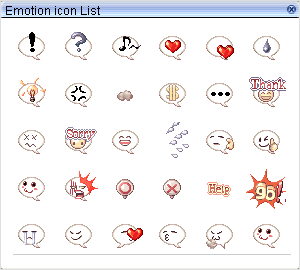
The Card System
This is one of the most emblematic and unique aspects of Ragnarok Online, the card system.
Most monsters have a low, low, low, change of dropping their corresponding card, and I mean low, we’re talking 0.01% chance here; each card had its own effect and has to be compounded on specific types of equipment, for example, a Hydra card gave the “Bloody” prefix to weapons, adding 20% more damage per card to Demi-human enemies (players included).
Cards came with a multitude of effects, some more valuable than others, from increasing your HP, to giving you immunity to status effects; some cards even changed your element type when compounded to armor; even card set effects were added eventually. Some cards even grant you access to abilities from other Jobs that you wouldn’t normally have access to, for example a Vitata Card, which gave you access to the Level 1 Heal spell, it was highly useful for Wizards or Sages, as their high intellect would let them get quite a few mileage from that low level healing spell.
Boss cards were among the most desired, because they were the rarest—and most powerful of them. Golden Thief Bug’s Card for example, would render you immune to every single spell, Doppelganger’s card radically increased the attack speed of the weapon it was compounded on.
Weapon card bonuses were multiplicative, not additive, so you can create specialized weapon against specific elements, or specific monsters (two 20% damage to element + two 15% damage to size, or race), for this reason it was more favorable to use a lower level weapon with more sockets than a “stronger” one with less card sockets
Unfortunately, the Renewal changes reduced the emphasis on weapon damage cards, one of the most interesting mechanics of Pre-Renewal RO.
The Renewal of Ragnarok
The biggest, and most controversial change done to the game was the “Renewal” Project, it was conceived as a massive revamp of the game’s established formula; it was also conceived to bring some modernity to the aging MMO, changing the way the game worked with regards to experience points, enemies, stats, abilities.
It added level range to areas like modern MMOs do. In addition to that, it added a further way to progress your character through new classes; some of the gameplay changes to this new classes coupled with the experience point changes favored a solo-mode type of play in a game where partying and playing with others was the key to success, as some classes had a superb team synergy under the pre-renewal paradigm.
While it added new features, system updates, overhauled many UI elements, and even new classes, Renewal was received with a mixed-to negative response from the playerbase, to the point that certain servers had to implement the Renewal update with specific changes as a sort of compromise between the game and its players, such as the case of Japan’s jRO.
This has essentially split the player base in three groups: Those that prefer the pre-transcendent classes gameplay (the game as it was back when I first played it), those that prefer the game right before the renewal update, and those who prefer the game in its current iteration. This prompted Gravity to release “Classic” servers alongside the Renewal ones, recently they’ve taken a new mixed approach in the form of Classic progressive servers with Renewal’s mechanics.
The Private Server Experience
Over the course of its heyday, Gravity sublicensed the game to several regional companies across the globe, while the main game service resided in Korea (dubbed kRO), a few regions received their own servers. America received the International Ragnarok Online (iRO) brand, some countries like Brazil and Russia received theirs (bRO and ruRO respectively), and so did Japan (jRO), among others.
Almost every region had their own local Ragnarok Online service, the game was translated in a handful of languages, however those localized servers weren’t in sync when it came to updates and content, some were more behind than others, the Korean region’s RO servers contained the most up to date experience, with jRO and iRO being a close second and third respectively.
Unfortunately, many of those regional servers have long since shut down.
However, despite all the worldwide spread the game had, Ragnarok Online’s niche popularity can be largely attributed to the sheer proliferation of private servers of all shapes and sizes that still continue to this day. It is a peculiar case of how a game benefitted not just in popularity and even features thanks to the ever rising amount of the private server player base.
Private Servers had the advantage of customizing the Ragnarok Online experience in one way or another, from modifying the experience and drop rates, to adding custom content, and the most important thing: the ability to reset your character’s stats and skills, something that wasn’t possible on official servers back in the day. Most private servers were even closer to kRO in terms of update than the majority of the regional official servers.
It all began approximately fifteen years ago, when Ragnarok Online’s AEGIS server software was leaked after their systems were compromised; the AEGIS software was comprised of four executable binaries that handled different aspects of the overall server and a Microsoft SQL database that was shared among them, in addition to the maps, scripts, and other miscellaneous files.
Even though the files themselves were easily accessible, it wasn’t easy to run AEGIS back then for a multitude of reasons.
First, AEGIS was designed to run on a Windows 2000/2003 environment and alongside Microsoft SQL, while you could run it on other versions of Windows, it simply worked better under those two versions.
Secondly, the software itself was poorly coded, and was prone to heavy and unwarranted resource usage; it required something beefier than what your average early 00s desktop computer provided, besides, consumer-grade multi-core processors weren’t really a thing back then, it all worked best on server-grade hardware, and that wasn’t something everyone had access to.
Third, while the executables and the SQL database structure leaked, not all of the game’s LUA scripts did, most of the script files that dictated enemy behavior, experience yielded and their strength, a portion of the loot tables, monster placement, and NPCs all had to be reproduced from scratch based on known (or guessed) official server data as accurately as possible by the community; sometimes things that shouldn’t had been dropped did drop, or things were dropping more or less often than intended, this was a long trial and error process.
Fourth, you were running stolen proprietary software that was illegally obtained through hacking, there’s no if and buts around this fact; however, Gravity, being a relatively smaller Korean based company simply didn’t had the resources or the legal reach to enforce their IP rights across the entire planet.
Fifth, the client that worked with private AEGIS servers the most back in the day was the Korean test server one (known as kRO Sakray), obtaining the full Sakray package often proved to be difficult, as you had to download hundreds of megabytes through a very slow overseas connection (I never got more than 10Kb/s); eventually people started to hex-edit the client and provide their own customized version but you still needed to obtain the rest of the game assets on your own. Torrent and file sharing services were still an obscure concept in 2003-2004; nowadays this isn’t a non-issue, as most private servers have their own “hexed” client along with the full package.
And Sixth, the leaked AEGIS software was as-is, there was no way to patch it and fix bugs, no way to add further gameplay updates, the only thing that could be done was adding maps, custom NPCs, a new enemy here and there, but no real gameplay or client updates.
The Private Server community banded together in the known defunct Aegis Support Boards to fill the gaps in the missing files, they also provided missing translations for the abilities, dialogues, and other aspects of the game. They even added some custom content of their own; their hard work served to help spread Ragnarok Online to a wider audience, even if the whole thing crossed the boundaries of ilegality.
Subsequent versions of AEGIS continued to leak through the years, but its spread slowed down noticeably, and most of the newest packages were only shared among a select few, however, having access to the official server files and observing their behavior from such an early age is what led people to understand how RO’s servers worked, which paved the way to the advent of server emulators.
Many server emulator projects came and went, some were more flexible than others when it came to hardware and OS requirements (one of the main goals was to have servers running on Linux and on other types of database besides Microsoft SQL), but the most significant and successful Ragnarok Online Server emulator software is still the Athena project.
Athena, (or eAthena for the English version of the software), rapidly caught up with AEGIS in terms of features, and even surpassed the leaked software in terms of updates and proximity to kRO’s feature-wise, adding server-side administrative tools that weren’t present in AEGIS, support for Linux and other forms of SQL databases (text databases even if you wanted a simpler setup), among other improvements.
However, their race for being as up to date with the official servers as possible had its side effects, many gameplay mechanics didn’t worked exactly as they did the official server, and it took years for them to fix them properly, one of the advantages of using AEGIS over Athena was that despite being outdated in terms of content and changes, everything worked exactly the way it did on official servers in terms of gameplay mechanics.
Athena’s dev community fixed things up as time went on, and their hard work made them the rightful de-facto server software solution for private servers.
One of the most notable additions to the game done by the private server community was the inclusion of clothing dyes (a then not implemented feature in the official servers), what began with a famous 70-something sprite pallete for each class expanded to absurdity, with over a thousand now; same-sex marriage was another feature made possible on private servers that only involved a small tweak to the game’s marriage system, as well as global and trade chat channels, the ability to autoloot, and have your merchant characters continue vending without the need for you to remain logged in the game.
I personally first played the game on one called Dragnarok Online (dRO) with 4/4/4 rates (this means that experience and drop rates were 4 times higher than official server rates).
The server ran one of the very first AEGIS server software leaks, it was a small server with a twist, the admins wanted to implement the Dragon Balls onto the world, with a story to boot and wish granting should someone manage to hold all seven; unfortunately, this proved to be a task beyond their initial scope, and was never come to pass, shifting their efforts to instead provide a regular Ragnarok Online experience.
Today, you can still find Private Servers of all shapes and sizes, from “classic” servers to Pre-Renewal and Post-Renewal gameplay mechanics, some have adapted Renewal zones for Pre-Renewal mechanics even, offering the new content with the old gameplay style underneath. Some servers offer a leveling experience closer to official servers, while others trivialize it with extremely high rates in order to provide a faster gameplay experience.
Of course, private servers are more susceptible to exploits and hacking, I am culprit of exploiting a few things for my personal benefit and that of my friends in two particular severs, a peculiar case was the “Zero Steal” exploit on old AEGIS servers. Item and money duping, botting, and other exploits were quite rampant; eventually, anti-hacking security measures were designed by the community, all with varied degrees of success.
But the most important aspect of Private Servers is the community itself, they tend to be more close-knit than official servers, and friendlier too. Everyone knows each other, every group unofficially picks a city to hang around and chat at, everyone knew who were the PvP troublemakers, and so and so.

Every player began its journey as a novice, and from there on you chose what path to take, wether you wanted to be a Knight, or a Hunter, or perhaps a Blacksmith or Alchemist, it was all up to you.
All characters have two types of levels: A base level (which determines your maximum stat points, health, and sp resources), and a Job level (which determines the amount of skill points you had at your disposal and your Job bonus stats)
Once you made it out of the tutorial area as nothing but a novice armed with a knife, you had but one task: to reach Job level 10 as a novice in order to max your basic skills, which would then allow you to undertake your first job change quest into a “1-1” Job, this involved traveling to the corresponding city (Payon for Archers, Izlude for Swordmans, Geffen for Mages, Prontera for Acolytes, or Alberta for Merchants); over time, alternate paths were added, first with the “Super Novice” job, a specialized novice that has access to all of the skills of the above-mentioned 1-1 classes, then with TK-Boy/Girl, Gunslinger, and Ninja. These extended classes weren’t tied to the regular progression path and instead offered alternate forms of gameplay.
Once you reached your destination city and did the corresponding job change quest, your character was permantently turned into your job of choice, complete with an attire change, each job had access to their own skills. Unlike WoW, Ragnarok Online has no sense of homogenization or “Class Balance”, forget about all that, Jobs aren’t equal and some are simply better than others for combat, but each is unique in their own aspect.
Take for instance the Merchant class, it is the only class (aside from the Super Novice) that has access to the ability to set up shops and sell items to players, or use Mammonite, a powerful ability that does heavy damage but costs money each time you cast it, yes, you could destroy your enemies with the power of Capitalism. The Swordman job is combat oriented, and the acolyte support/buff based, although acolytes exceed at dispatching undead enemies, since they can damage them with their heals, and have access to Turn Undead and Magnus Exorcismus as a Priest.
Once you reached job level 40, you were able to undertake your next job change class, although it was highly recommended to keep leveling until your character was Job 50 for the extra skill points; back in the day there was only one choice for each, but the game received alternate jobs or “2-2” jobs while the original job upgrades were then known as 2-1. These alternate jobs often played differently, it was up to you to decide which path you would take.
A swordman could choose between the 2-1 Job: Knight, or the 2-2 Job: Crusader. A Mage would chose between the powerful Wizard spellcasting job, or the specialized support Sage. Archer is one of the most peculiar, they can choose between Hunter, a straight up improved version of the Archer that has access to a falcon companion. Or a Bard/Dancer, depending on their gender.
Bards and Dancer were a unique gender-locked combo class, they aren’t the powerhouse Hunter is, and are more of a support role, they use different weapons (Instruments for Bard, Whips for Dancers), and each have different performance songs that provide their friends with powerful buffs on their own, each class had access to even more powerful ensemble buffs that could only be played when a Bard joined forces with a Dancer that also knew them.
There was always synergy among the 2-1 and 2-2 classes, unlike modern MMOs were everything has to be homogenic and everything has to be “viable”, Ragnarok Online instead made it so that each class had strong and defined strengths and weaknesses that could often be offset with the help of other jobs.
One of the Wizard’s most powerful spells, Waterball, was limited in use because it required to be standing on water, something that wasn’t found everywhere. Lucky for them, a Sage had access to Deluge, an ability that created a field of water that also boosted water-based damage, and could be consumed by a wizard to fuel their Waterball spell.
Priests have access to Gloria, a short lasting massive boost to the Luck stat, crucial when it came to crafting items as a blacksmith, or playing a Katar spec’d assassin or Autoblitz Falcon Hunter.
There were many other forms of synergy between the jobs, and every job had different ways to be played, each job had a unique visual identity with their skills, from a Crusader’s Grand Cross, to the Bard’s Poem of Bragi, to the Priest’s Magnus Exorcismus, abilities in this are memorable.
But one that could easily take the crown of the most emblematic skill is the Monk’s Asura Strike, a powerful ability that required prior setup before it could even be executed, the monk would channel all of their strength and remaining skill points into dealing one massive blow, rendering the caster unable to regen skill points naturally for a few minutes, it was often used against boss enemies, or in PvP to easily dispatch a target of high importance.
After upgrading to either a 2-1 or 2-2 job, your next goal was to grind all the way to the maximum level of 99 Base and 50 job. Max level characters have a shiny aura around them to differentiate them from non-max level one, it was a way to show that you’ve completed the grind, and that your character was at the top of its power. The next natural step of course was to optimize your equipment. Making sure you had the right setup and cards.
For some time, reaching max level as your 2-1 or 2-2 was the end of the grind. Then along came the transcendent or “reborn” Job
The process involved taking your max level character through a brief quest that culminated with your character speaking to a Valkyrie and turning into a level 1 “High Novice”, restarting the whole grind again, except this time it’d take three times as much experience to get to max level again.
The regrind might seem steep and extreme, but it was worth it, Transcendent Jobs are vastly more powerful than their regular counterparts, have access to even more powerful skills, and their maximum job level is 70 instead of 50, giving you access to more skill points.
All of the classes improved upon their regular versions, a Lord Knight was vastly more powerful than a Knight, all jobs got a skill or two that fundamentally changed the way they’re played.
If balance wasn’t a goal that they had in mind before, this time that notion was completely thrown of the window, the power creep was evident. Whatever flaws or advantages jobs had were exacerbated, but on the bright side, the newer and more dangerous areas further encouraged group play in order to overcome the most deadlier of enemies.
With the (in)famous renewal of Ragnarok, a whole new tier of progression was added, the Third Jobs.
These were the final step of the classic 2-1 and 2-2 jobs radically changed the way most jobs played, they were conceived in an attempt to bring some “modernity” to the old job mechanics, unlike the Transcendent classes, these were met with a more mixed response, some favored the changes, but others despised it, these new jobs were made more self-sufficient in combat and devoid of any real group synergy among them, this went to work against the group mentality that had reigned in the game for so long. The third jobs were built around the mechanic changes of Renewal.
If you prefer, you can save yourself some grind and skip the transcendent class grind altogether and jump from 2-1 and 2-2 to 3-1 and 3-2 at the cost of your character not learning the transcendent-only skill.

How do you further give life to an already unique game that has a soul of its own? How do you complement the art style, the environment, and the gameplay? Though its Soundtrack.
Composed by the Korean SoundTeMP, RO’s soundtrack is just superb, with over a hundred tracks total, the tracks are as varied as the locales you can explore in the game, each piece was composed around the specific setting it was meant to be played at; you will find upbeat “party” like tracks that complement the beach city of Comodo and its surroundings (Track High Roller Coaster and Mucho Gusto respectively), ominous songs with a “tick tock” motto for the clock tower (Aeon and Zingaro), or an electronic jam that serves as the musical piece of the difficult Bio Labs dungeon (Naive Rave).

Even if you have never played the game, you can close your eyes and imagine what type of area a particular track is meant to represent by just listening to the tempo of the song and the instruments employed, that’s how distinct each track is.
On a personal note, I can tie each track to specific memories of my journeys throughout this game, that’s how you know a soundtrack is memorable (also because when you spend hours grinding nonstop on a map for minuscule experience point gains, the song just imprints on your mind).
But enough words about music, you can listen to the whole thing yourself:

Besides the art style, the card and element systems, the jobs, and the soundtrack, the War of Emperium also stands as a defining feature in Ragnarok Online. Every week, guilds fight against each other for control of castles spread across several zones in the world for treasures, game, glory, and most importantly, for e-peen and banter.
Better have your Thara Frog card compounded on a shield, and your Poo Poo hat firmly placed above your head.
Yes, wearing shit on your head gives you 10% damage reduction against players in this game, don’t worry, there’s more fashionable alternatives nowadays.
Certain abilities behave differently during WoE, some are even disabled altogether (a High Priest’s Assumptio for example), ranged abilities have a flat reduced damage penalty for the sake of “balance”
Damage numbers are hidden, you couldn’t see what sort of damage you were doing to an opponent, so you couldn’t figure out if you were doing the right type of elemental damage to them, however this was always circumvented by everyone and their mothers with a simple hex edit of the game’s client. Yes, that includes myself.
The objective is simple: reach the enemy castle’s Emperium room and destroy the crystal, by doing so your guild claims possession of it, and then it was up to you and your friends to defend it.
At the end of the weekly skirmish, you could choose to invest resources to increase the amount of loot it generated, or invest in the castle’s defenses. Not all castles produced the same type of loot, so some castles were way more valuable than others, such as one Payon castle that has a low chance of yielding a Solar Bead, a required item to craft a Solar God Helm, which itself isn’t that valuable gameplay wise, but it was more of a coveted cosmetic item, or the upper rightmost castle in Prontera, which has a high chance of dropping a Pole Axe, a highly sought item for Lord Knights players that have based their build around the Spiral Pierce ability.
In addition to that, owning a castle would grant your guild access to one of many special dungeons, where more powerful versions of some monsters resided, some of which were excellent leveling spots for certain Jobs.
The original War of Emperium maps were segmented into several areas, this gave a huge bonus to the defending guild, as you could spam spells on top of the entrance portal in advance, this was known as “precasting”, giving you first strike advantage against any assailant force.
When the “War of Emperium 2” sets of maps were released, these were done in a single and uninterrupted zone so as to prevent this practice, as well as adding some minor objectives that had to be destroyed before being able to destroy the castle’s Emperium.

Despite the acclaimed success of Ragnarok Online, Gravity announced a sequel called Ragnarok Online 2: The Gate of the World just two years after Ragnarok Online was launched in Korea, perhaps the announcement itself was done too ahead of time, or perhaps this game never needed a sequel to begin with, let alone one so early in its lifespan.
Not much was known about it outside of Korean video game websites, in 2005, Gravity launched a large promotional campaign for RO2, showing a few bits and pieces of the game; by the end of 2006 the first closed beta test phase had launched.
Development of Ragnarok Online 2 was plagued with problems and the game underwent several engine changes; Gravity’s own internal legal problems didn’t helped the situation either. Meanwhile Ragnarok Online continued to receive updates throughout those years at a regular pace.
Response to the RO2 beta was quite negative, Korean testers didn’t found the game as engaging and fun as its predecessor, and the game was marred with technical glitches and bugs. The release date kept being pushed over and over in order to try and fix the messy state of the game, until it was rescheduled for a 2010 release, six years after its initial announcement.
Eventually Gravity decided to scrap the current iteration of Ragnarok Online 2, and instead focused its efforts on reworking the game from the ground up, this new version was called Ragnarok Online 2: Legend of the Second.
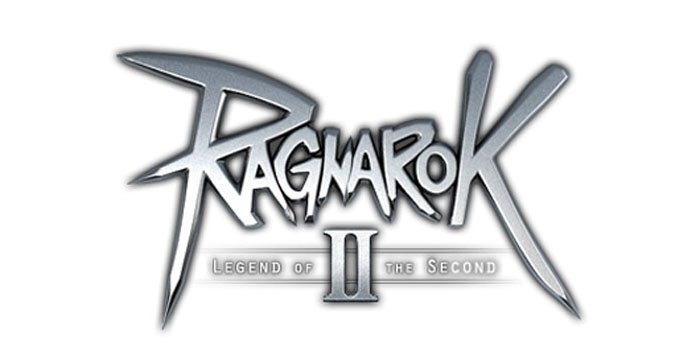
Legend of the Second had a two year Beta test period and was finally released in 2012 in Korea, and 2013 in North America. The game however, turned out to be nothing more but a simpler World of Warcraft clone. The Game was “Ragnarok Online” in name only, it was substantially smaller, with a clunky 3D gameplay, and an overly simplified combat mechanic, while familiar enemies and locales made a return, the game was simply stripped of everything that made Ragnarok Online memorable, even the card system was scrapped in favor of a more passive and linear one, it simply is a soulless sequel.
With RO2 being such a complete disappointment, the community had placed its faith on Tree of Savior, a spiritual successor to the original Ragnarok Online led by Kim Hakkyu, the creator of Ragnarok Online.
The game had it all to succeed, the hype of the RO fanbase, the original lead developer in charge, even SoundTeMP collaborated with parts of the soundtrack; the game however, ended up disappointing just as much as Ragnarok Online 2 did; it has a modern approach to RO’s artstyle and music, and even has support for controllers, but it falls apart in terms of gameplay, class variety, and the effort/reward value of its long grind. Not to mention that its plagued to the top with cash shop and pay to win items.
I suppose that Ragnarok Online was never meant to have a sequel…

Ragnarok Online was a unique experience for me, they say you never forget your first one, and you can be sure I’ll never forget my first actual MMO ever.
This game is a shining relic of a bygone era in video games, it dared to do something unique, and it worked, it worked so well that it outlived and continues to outshine its sequel, sixteen years since its first release and the game is still alive—but perhaps it’s about to enter its long overdue twilight.
Due to the European Union’s General Data Protection Regulation law, Gravity decided to shut down the game’s servers across most of Europe May 25, 2018 instead of spending the resources needed to adapt their service to this new regulation, right as I was about to finish writing this article. Only the dwindling North American and the original Asian servers remain as the most played ones.
But no matter what happens, the game will continue to live on thanks to the Private Server community. I officially stopped playing this game sometime before 2006 was over, but I revisited it with friends several times over the years; the last time I played it was during fall 2015 and for a brief period.
My feelings towards this game can be summed up with just one single picture:
-Kal
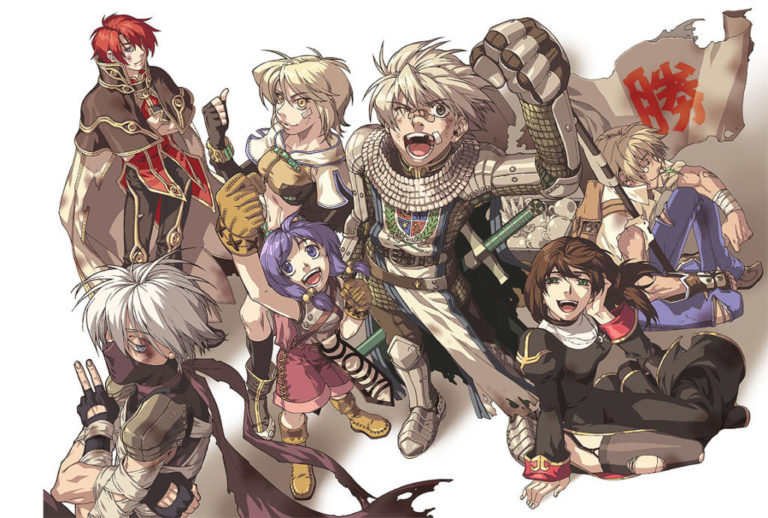
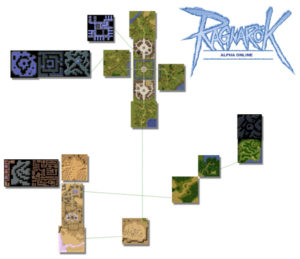
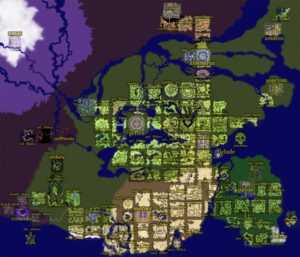
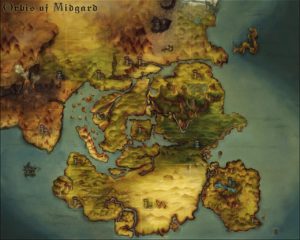
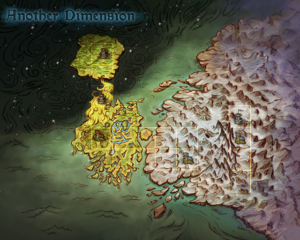
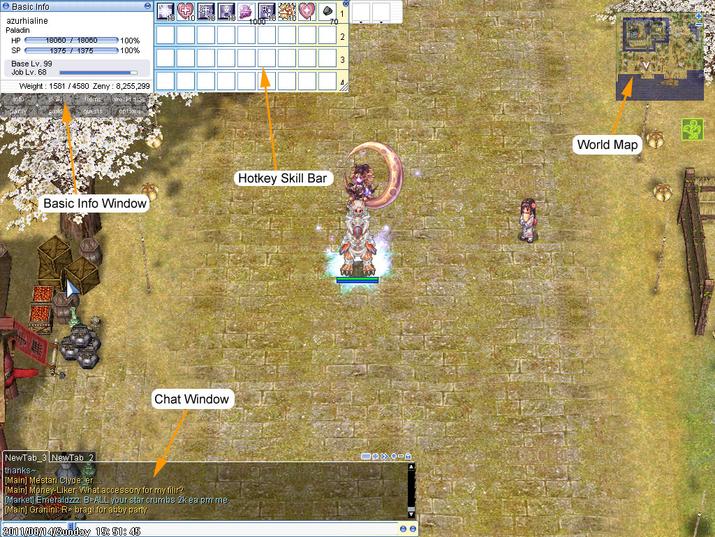
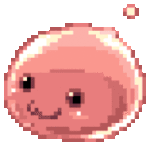
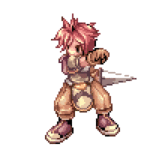
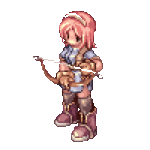
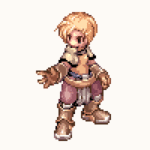
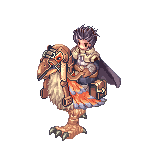
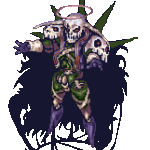
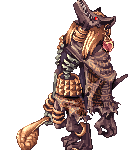
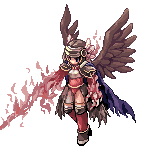
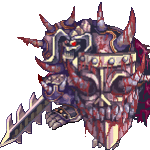

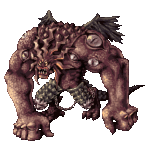
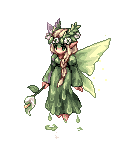
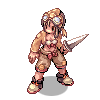






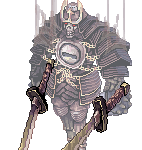
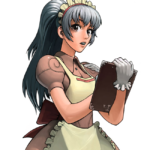
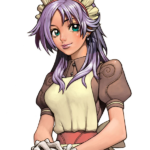
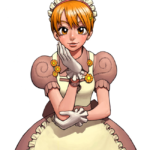
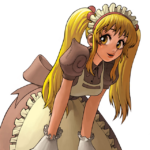
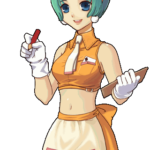
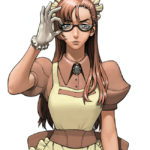
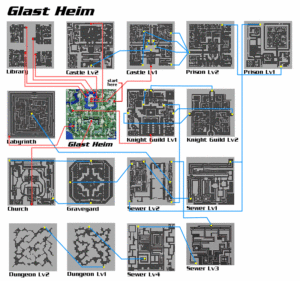
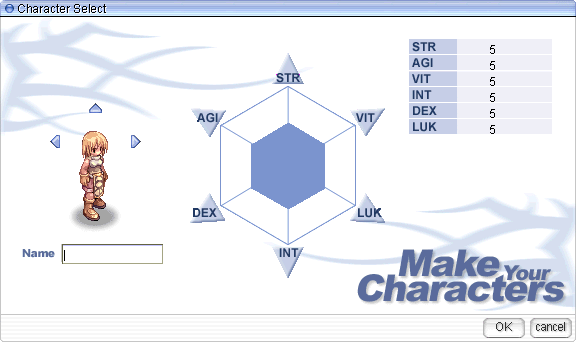



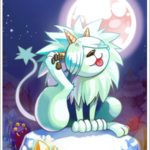


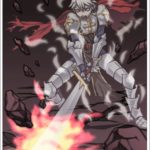
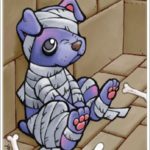


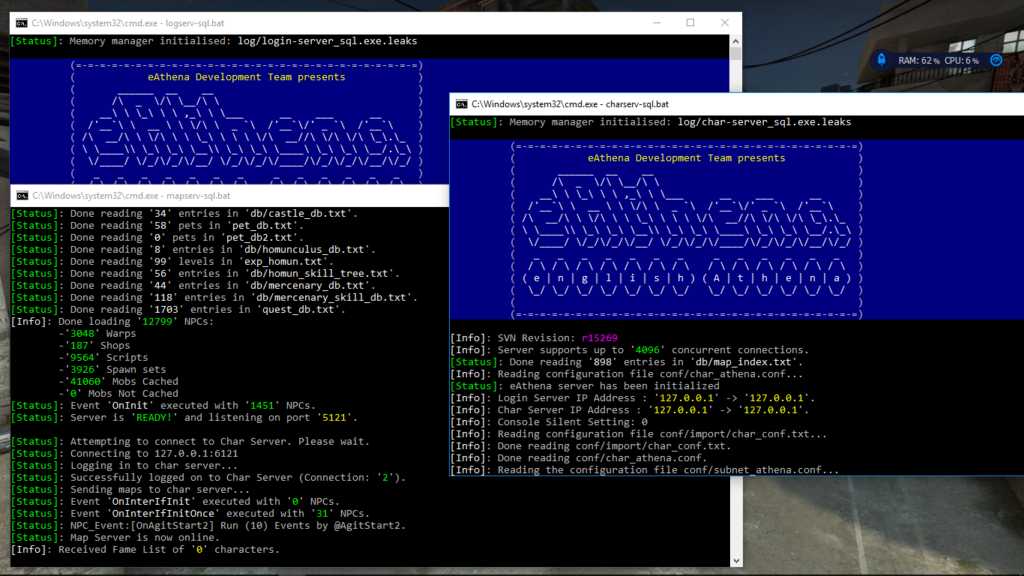
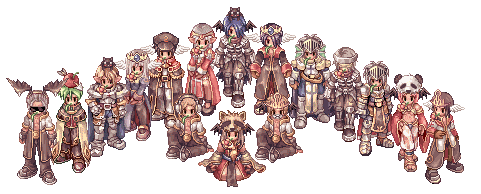
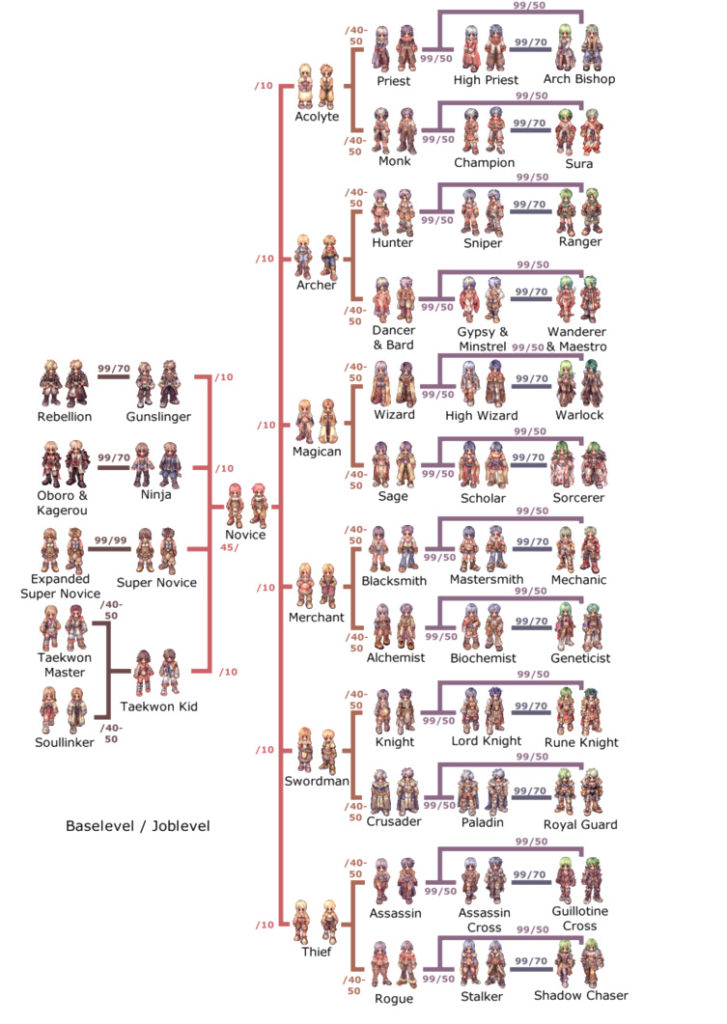
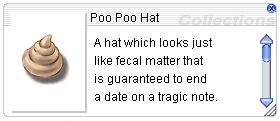
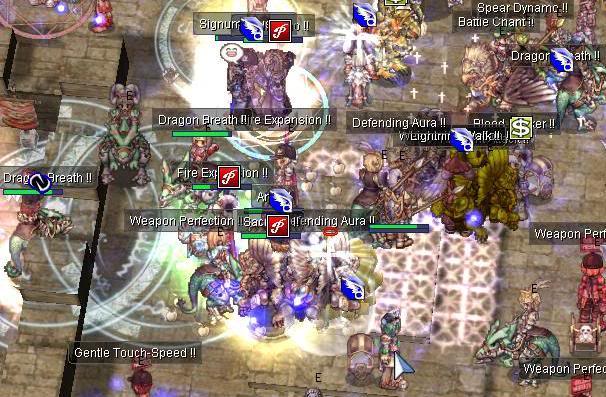
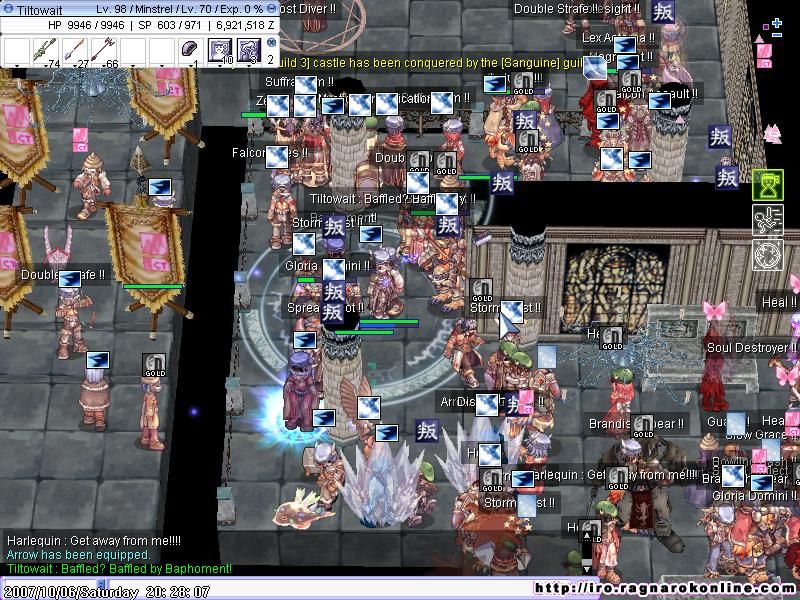
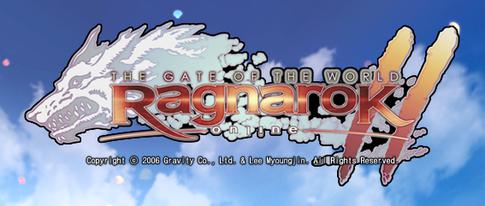
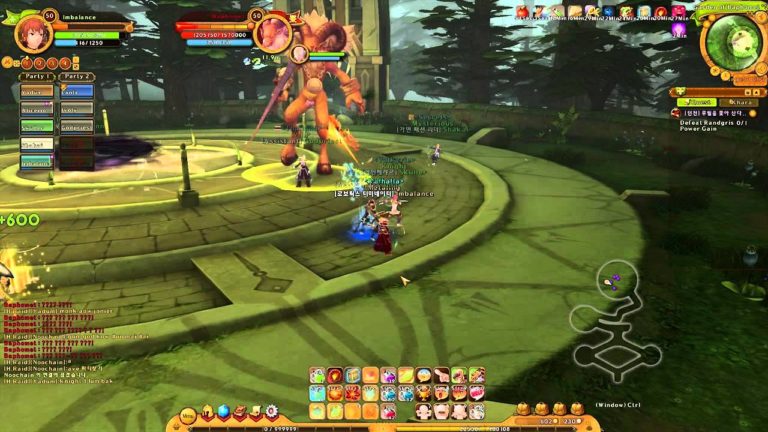
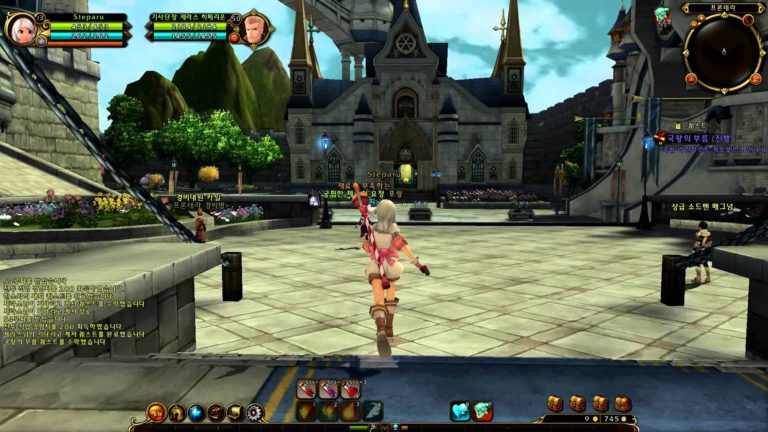
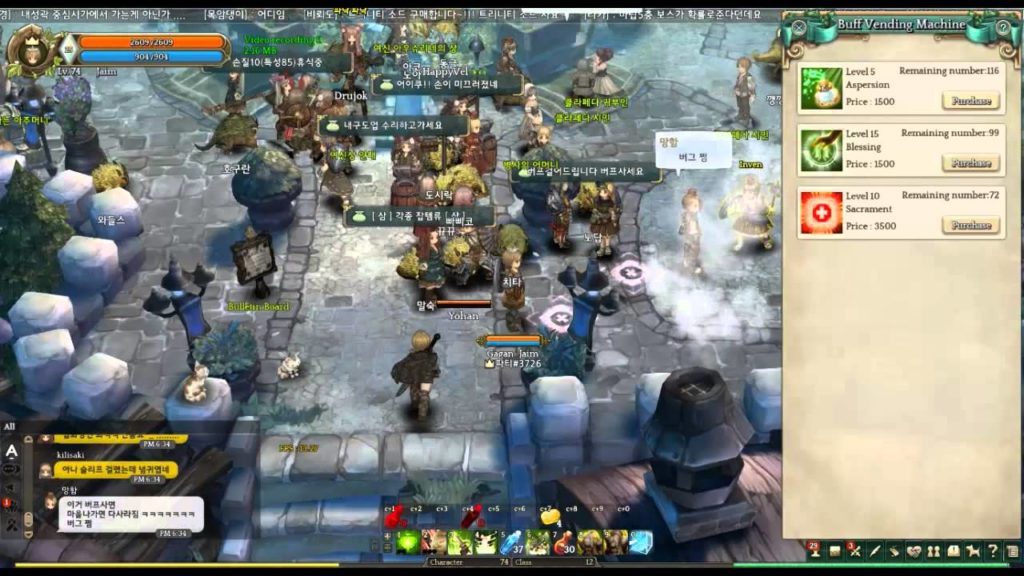
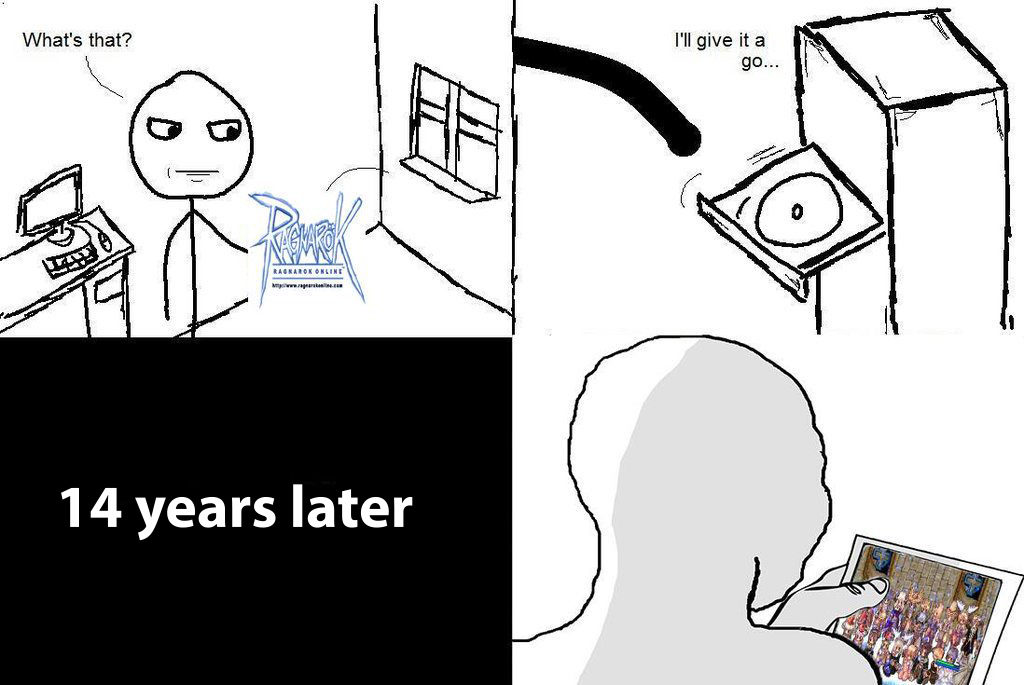
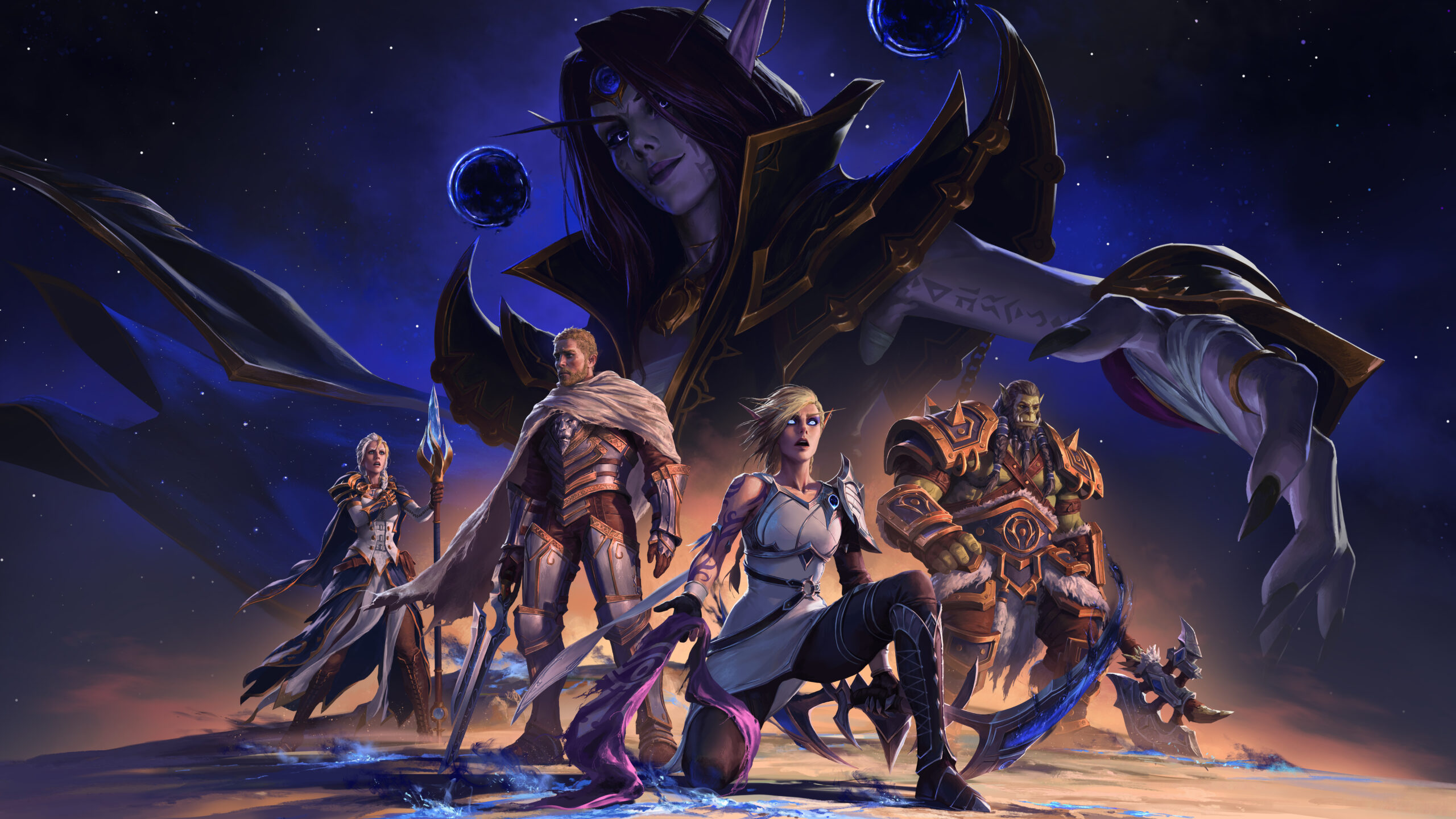

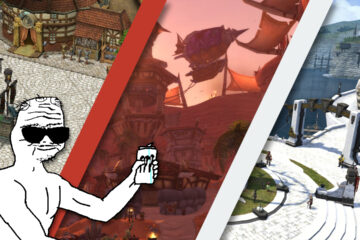
4 Comments
Anonymous · May 15, 2020 at 1:15 am
You poured your soul onto this post, and it was beautiful (loved the soundtrack part).
It’s 2 years late of comment (hence i read this earlier i would leave a reply sooner). You might or might not get a notification for this reply, but when you do look back and check, I hope this makes you smile.
Kaleb · May 15, 2020 at 2:20 am
Thanks for reading it, friend.
Vidya and me | ckaleb[dot]com · June 1, 2020 at 12:21 pm
[…] I kept wandering through other games until I stumbled upon Jedi Outcast’s multiplayer and then Ragnarok Online, my first big two online games which I’ve written about in the past. I made great friends—and […]
The devolution of the MMO genre | ckaleb[dot]com · April 14, 2021 at 11:34 am
[…] roots of my MMO pedigree come from Ragnarok Online, a charming game that certainly was a product of its time. I never had the monetary means to […]
Comments are closed.